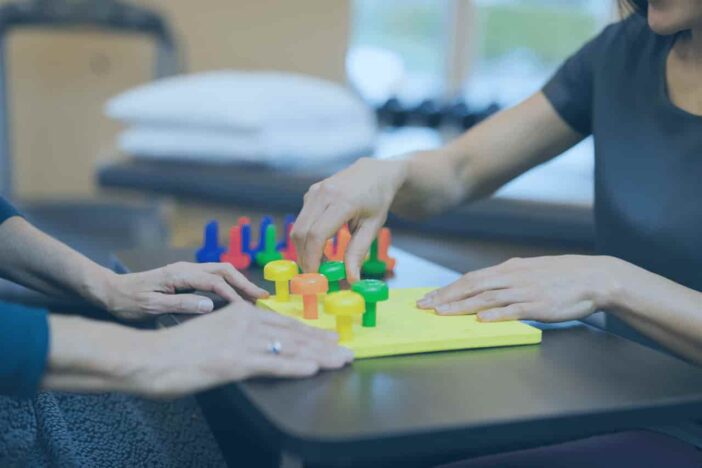The U.S. has always been a pluralistic society, but only in the last 75 years has American society attempted to deal with diversity. Recently, we have come to accept the fluidity of gender roles and sexuality, as LGBTQ+ and gender issues have come to the forefront.
This acceptance involves the ongoing process of understanding different cultural norms among groups, whether based on race, ethnicity, culture, sexuality, or gender identification. Because occupational therapists often work with diverse populations, the American Occupational Therapy Association has identified core skill sets every occupational therapist should strive to master. Together, these basic skills make up the components of cultural sensitivity. They are:
- Cultural competence
- Cultural effectiveness
- Cultural humility
- Cultural proficiency
Let us look at these individually.
Cultural Competence
It is human nature to judge other cultures by the standards of one’s own. A culturally competent individual is able to put such judgments aside and evaluate a different culture on its own merits. The cultural competence of an occupational therapist is the ability to communicate across cultural lines and relate to members of diverse communities on their terms.
Cultural Effectiveness
Culturally effective providers practice tolerance, inclusion, and awareness to understand the perspective of others for respectful interactions.
Cultural Humility
The idea of cultural humility can seem counterintuitive when many historically marginalized groups add “pride” to their names. Author and psychologist Joshua N. Hook defines it as “[the] ability to maintain an interpersonal stance that is other-oriented (or open to the other) in aspects of cultural identity that are most important.” Cultural humility is acknowledging status, how this may affect the attitudes and perceptions toward a marginalized group, and the willingness to learn about others.
Cultural Proficiency
An occupational therapist able to interact with members of a different community effectively and consistently is considered culturally proficient. An important indicator of cultural proficiency is knowing how to behave appropriately in a given cultural context. For example, among Spanish speakers, it is considered insulting to precede the formal word for “mother” (madre) with the informal second-person possessive (tu). Certain hand gestures may be meaningless in one’s own culture but are offensive in another.
How Occupational Therapists Can Effectively Work with Cultural Brokers, Translators, or Interpreters?
Occupational therapists can follow these strategies to effectively work with others.
- It is necessary to establish healthy relationship with the interpreters.
- Make sure everyone understands the roles of you as an occupational therapy provider.
- Ensure everyone including the client and his family has the information about the interaction purposes, communication points, particular terminology that will be used during the interactions, etc.
Developing Cultural Sensitivity
Unsurprisingly, cultural awareness strategies were often first developed in health care and social work. As education workers, occupational therapists must interact with clients of many different backgrounds and experiences. Fortunately, resources are abundant in the OT community and online for cultural sensitivity training and interacting with other viewpoints. Find out more about cultural sensitivity assessments like SPM™-2 and other tools for occupational therapists and educators at Western Psychological Services.



